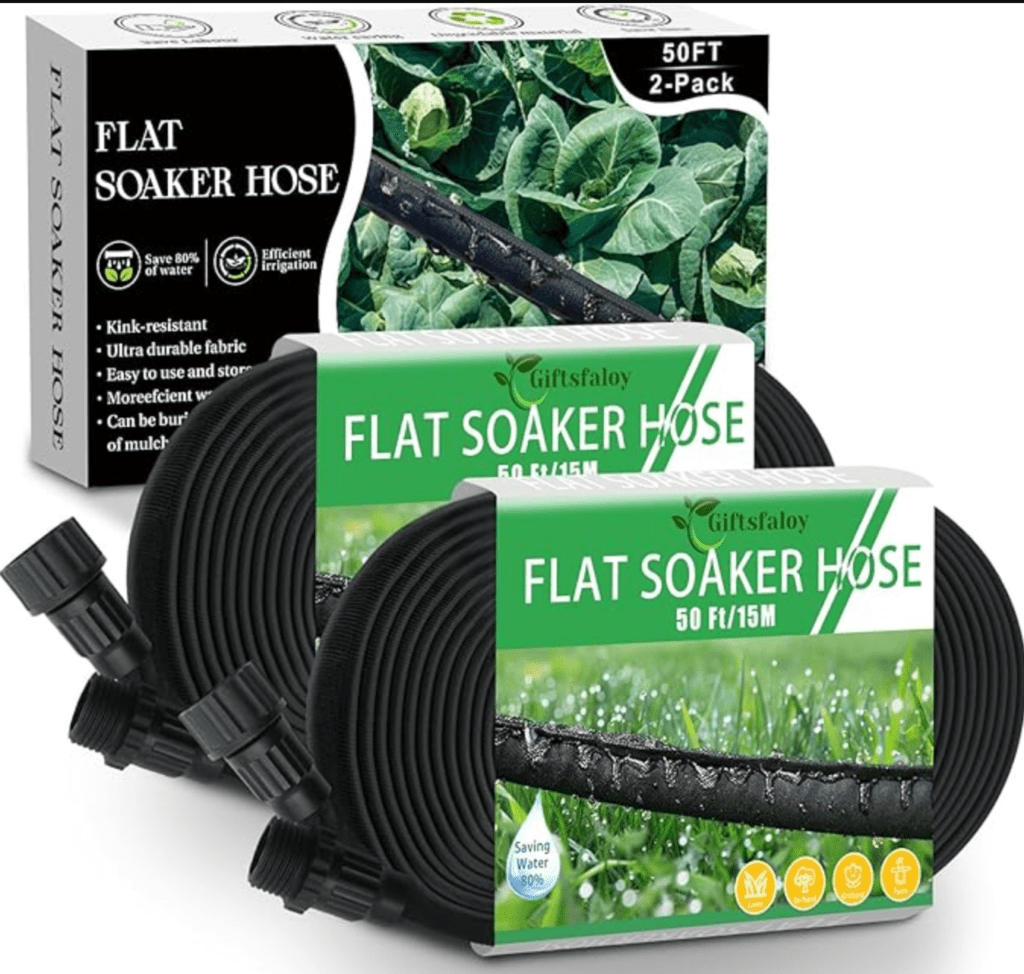Introduction
Water scarcity is a growing concern in many parts of the world, especially in drought-prone areas where farmers and gardeners struggle to maintain healthy crops. Traditional irrigation methods can lead to excessive water wastage, making it essential to adopt water-efficient irrigation systems. In this guide, we will explore the best water-saving irrigation tools for drought areas to help conserve water while ensuring sustainable agriculture.
The Importance of Water-Saving Irrigation Systems
Drought conditions demand smart water management strategies. Using drought-resistant irrigation techniques minimizes water usage, promotes deep root growth, and ensures optimal crop yield. Some key benefits of water-efficient irrigation tools include:
- Water Conservation: Reduces overall water usage significantly.
- Cost Savings: Lowers water bills and irrigation expenses.
- Improved Soil Health: Prevents overwatering and soil erosion.
- Increased Crop Productivity: Provides adequate moisture without wastage.
Top Water-Saving Irrigation Tools for Drought-Prone Areas
1. Drip Irrigation Systems

Drip irrigation is one of the most efficient water-saving techniques for arid regions. It delivers water directly to the roots of plants through a network of tubes, emitters, and valves.
Benefits:
- Reduces water evaporation and runoff.
- Minimizes weed growth since water is targeted to specific plants.
- Enhances soil moisture retention.
Best for: Vegetable gardens, orchards, and landscaping.
2. Soaker Hoses

Soaker hoses are porous hoses that allow water to seep slowly into the soil, providing deep root hydration.
Benefits:
- Uses up to 50% less water than traditional sprinklers.
- Prevents water runoff and surface evaporation.
- Easy to install and maintain.
Best for: Flower beds, small farms, and garden borders.
3. Smart Irrigation Controllers

Smart irrigation controllers use sensors and weather data to adjust watering schedules automatically.
Benefits:
- Optimizes watering times based on real-time weather conditions.
- Prevents overwatering and underwatering.
- Can be controlled via smartphones for remote irrigation management.
Best for: Lawns, commercial farms, and home gardens.
4. Mulch and Ground Covers

Although not a traditional irrigation tool, mulching plays a crucial role in water conservation by reducing evaporation and maintaining soil moisture.
Benefits:
- Retains soil moisture for longer periods.
- Reduces soil erosion and suppresses weeds.
- Enhances soil fertility when organic mulch decomposes.
Best for: Flower beds, fruit orchards, and vegetable gardens.
5. Rainwater Harvesting Systems
Rainwater harvesting involves collecting and storing rainwater for irrigation purposes.
Benefits:
- Provides a sustainable alternative water source.
- Reduces dependency on municipal water supplies.
- Lowers water bills and conserves groundwater.
Best for: Large farms, urban gardening, and residential landscaping.
6. Subsurface Irrigation
Subsurface irrigation delivers water directly below the soil surface, reducing evaporation and improving water efficiency.
Benefits:
- Conserves water by preventing surface evaporation.
- Promotes deep root growth.
- Reduces weed growth by keeping surface soil dry.
Best for: Vineyards, orchards, and row crops.
7. Wicking Beds
Wicking beds are self-watering garden beds that use capillary action to deliver water from a reservoir at the base to the roots.
Benefits:
- Provides consistent moisture without overwatering.
- Reduces water wastage through deep seepage.
- Enhances plant growth and yield.
Best for: Raised garden beds, small-scale farming, and urban gardening.
How to Choose the Right Water-Saving Irrigation System
Selecting the best water-efficient irrigation method depends on factors like climate, soil type, plant needs, and budget. Here are some key considerations:
- Climate Conditions: Drier regions benefit from subsurface or drip irrigation, while moderate climates can use soaker hoses or smart controllers.
- Soil Type: Sandy soils require slow, deep watering systems like drip irrigation, while clay soils need controlled moisture methods like wicking beds.
- Plant Type: Deep-rooted plants benefit from subsurface irrigation, while shallow-rooted crops thrive with soaker hoses or mulch.
- Budget: Smart controllers and advanced drip systems may have higher upfront costs but provide long-term savings on water bills.
Best Practices for Water-Saving Irrigation
To maximize efficiency and conserve water, follow these water-saving irrigation best practices:
- Water Early in the Morning or Late in the Evening to reduce evaporation.
- Use Mulch to retain soil moisture and suppress weeds.
- Check for Leaks and Blockages in irrigation systems regularly.
- Group Plants with Similar Water Needs for optimized watering schedules.
- Utilize Rain Sensors in smart irrigation controllers to prevent unnecessary watering.
- Practice Deep Watering to encourage deeper root growth and drought resistance.
Conclusion
Implementing water-saving irrigation tools for drought areas is crucial for sustainable water management. From drip irrigation and soaker hoses to smart irrigation controllers and rainwater harvesting, numerous techniques help conserve water while maintaining lush gardens and productive farms. By choosing the right drought-resistant irrigation methods, you can reduce water wastage, lower costs, and promote eco-friendly farming practices.
If you’re looking to improve your irrigation efficiency, start by assessing your needs and selecting the best water-saving tools. With the right approach, you can thrive even in the driest conditions while contributing to global water conservation efforts.
Frequently Asked Questions (FAQs)
Q1: What is the most efficient irrigation system for drought-prone areas?
A: Drip irrigation is the most efficient as it delivers water directly to plant roots, reducing evaporation and runoff.
Q2: Can I use a smart irrigation system for a home garden?
A: Yes, smart irrigation controllers work well for home gardens by adjusting watering schedules based on weather data.
Q3: How much water can I save using drought-resistant irrigation techniques?
A: Depending on the system, you can save 30-70% of water compared to traditional sprinkler systems.
Q4: Is rainwater harvesting practical for irrigation in drought areas?
A: Yes, rainwater harvesting provides an alternative water source, reducing dependency on limited groundwater supplies.
Q5: What’s the best way to prevent overwatering in irrigation?
A: Use soil moisture sensors, smart controllers, and deep watering techniques to ensure plants receive the right amount of water.
By implementing these water-saving techniques, you can make a significant impact on sustainable water use while keeping your crops healthy in drought-prone regions.



